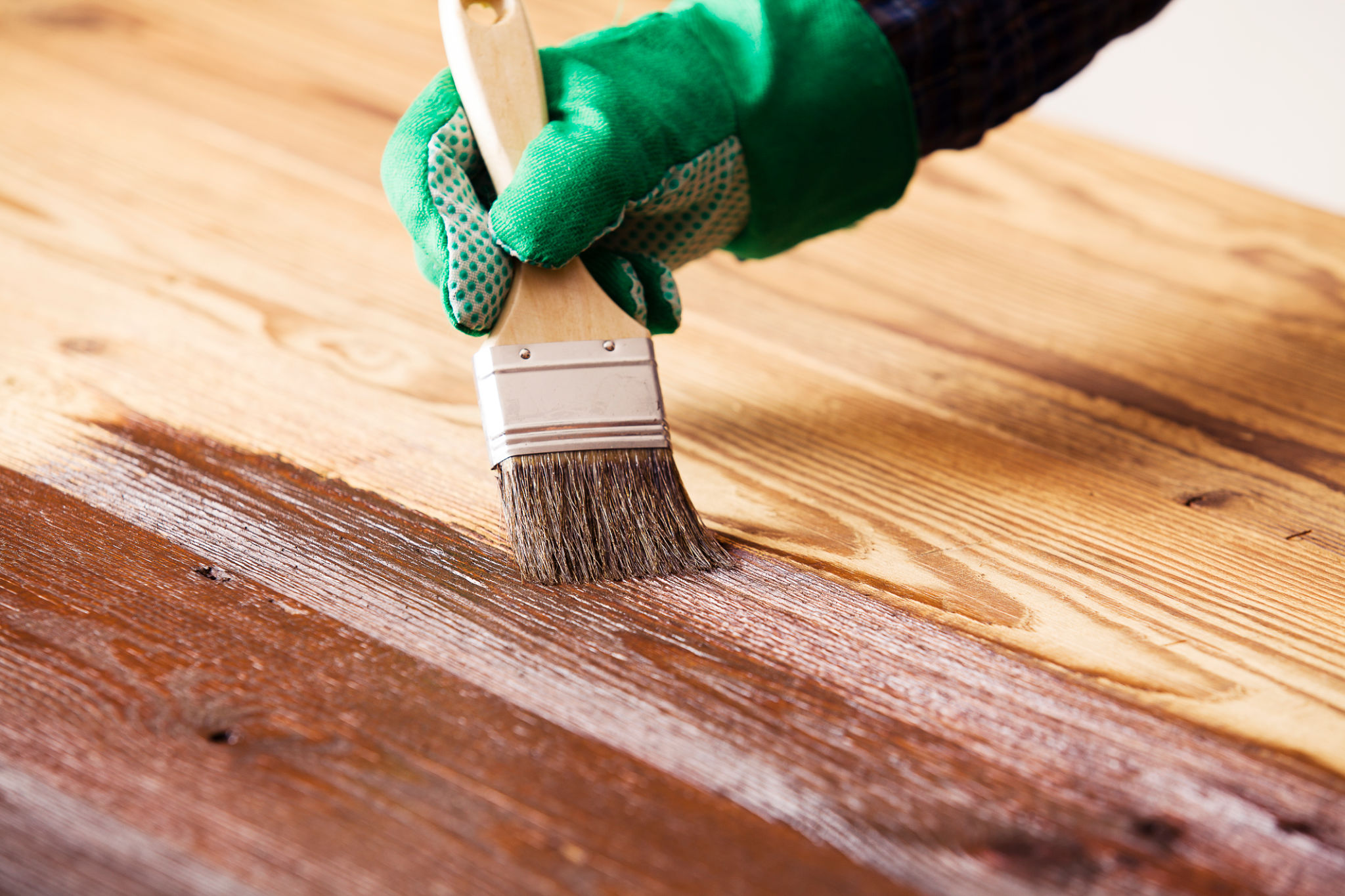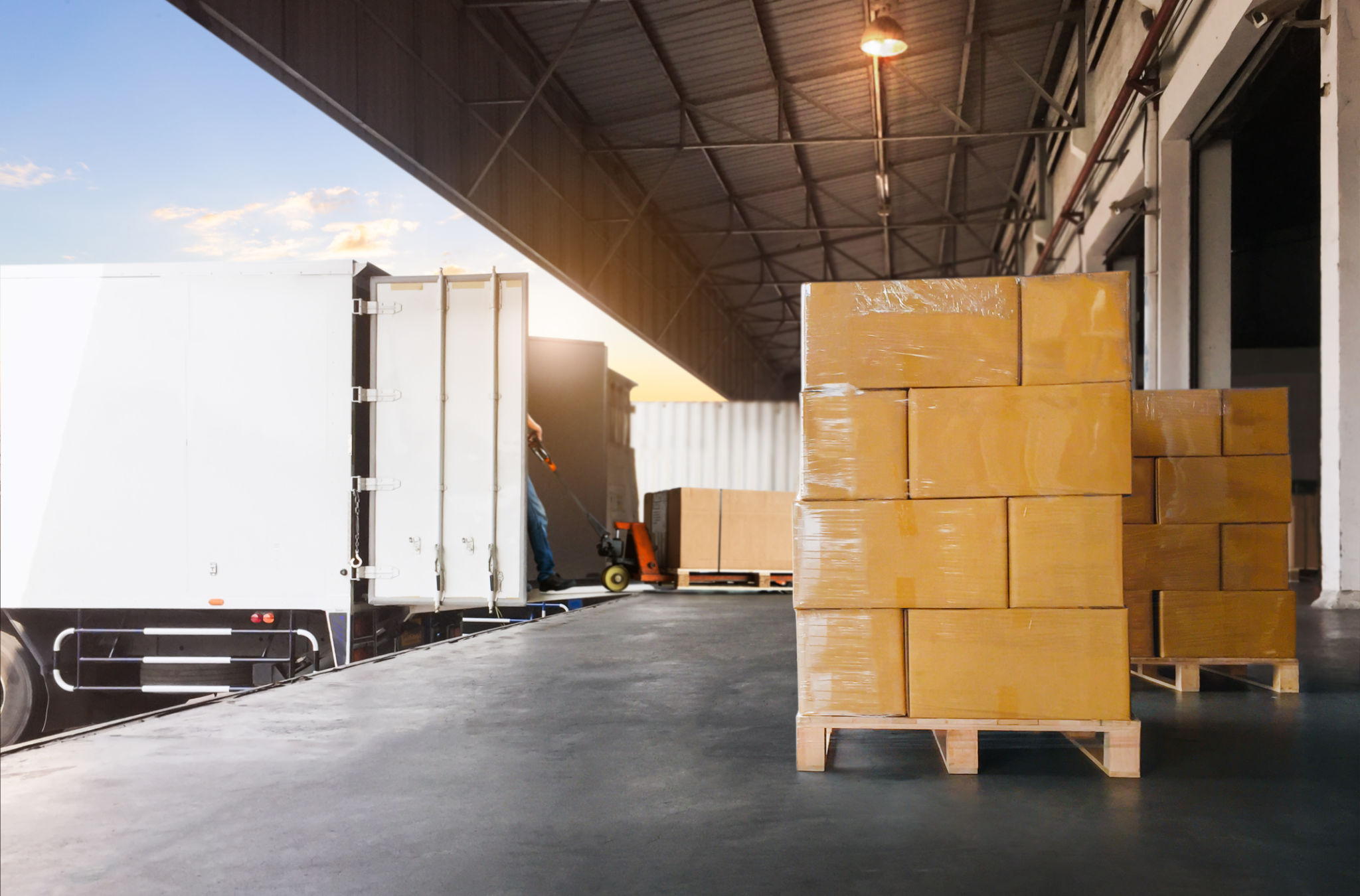Expert Advice for Packing and Moving Large Furniture Safely
Planning Your Move
Moving large furniture can be a daunting task, but with the right planning, you can tackle it efficiently and safely. Start by taking inventory of your furniture and assess which pieces require disassembling. Measure doorways, hallways, and staircases to ensure your furniture can pass through easily. Create a moving plan that outlines the order in which items will be moved so that the largest and heaviest pieces are loaded first.
It's vital to gather the necessary tools and supplies before the moving day. Commonly needed items include moving straps, dollies, furniture sliders, and protective coverings like blankets or bubble wrap. Having these tools on hand will not only make the process smoother but also help prevent damage to your furniture and your home.

Disassembling Furniture
Disassembling large furniture can significantly ease the moving process. For items like beds, tables, and shelves, remove legs, drawers, and other detachable components. Keep screws and small parts in labeled bags to avoid losing them during the move. When possible, pack these small parts with the corresponding piece of furniture to make reassembly easier at your new place.
Ensure you have the instruction manuals for your furniture if disassembly involves complex steps. If manuals are misplaced, many manufacturers provide digital copies online. Following the correct disassembly process minimizes the risk of damaging your furniture and makes it more manageable to transport.
Using Proper Lifting Techniques
Lifting heavy items improperly can lead to serious injuries. It's crucial to use safe lifting techniques to protect yourself and others involved in the move. Bend at your knees, not your back, and keep the load close to your body. Work with a partner whenever possible, maintaining open communication to coordinate your movements.

Utilizing equipment like moving straps can distribute weight more evenly, reducing the strain on your back and arms. These straps are particularly useful for lifting bulky items such as sofas or large dressers. Remember, it's always better to take extra time to lift safely than risk injury by rushing.
Protecting Your Furniture
Properly protecting your furniture is essential to prevent damage during transport. Cover items with moving blankets or bubble wrap to shield them from scratches, dents, or dirt. For delicate surfaces like glass or polished wood, consider using specialized protective materials that offer extra cushioning.
Secure any loose parts with tape or plastic wrap to avoid movement during transit. Additionally, using corner protectors can help prevent damage to both furniture and walls when navigating tight spaces.

Navigating Tight Spaces
Moving large furniture through narrow doorways or winding staircases can be challenging. To navigate these obstacles, enlist the help of a partner who can guide you through tight spots. Take your time and make slow, deliberate movements to avoid accidental damage.
If space allows, consider removing doors temporarily to create more room for maneuvering large items. In some cases, it might be necessary to tilt furniture pieces at an angle for easier passage.
Loading and Securing in the Moving Vehicle
Once you’ve successfully moved your furniture to the moving vehicle, it's important to load items strategically. Place heavier pieces at the bottom and towards the front of the vehicle for better weight distribution. Use ropes or straps to secure items and prevent them from shifting during transit.
Avoid stacking heavy objects on top of lighter ones to prevent crushing or damage. Fill empty spaces with soft items like cushions or blankets to keep everything snugly in place.

By following these expert tips for packing and moving large furniture safely, you can ensure a smoother relocation experience while safeguarding both your valuable pieces and personal well-being.